Roland Octapad SPD-30 – A Real Drummer’s Review (2024)
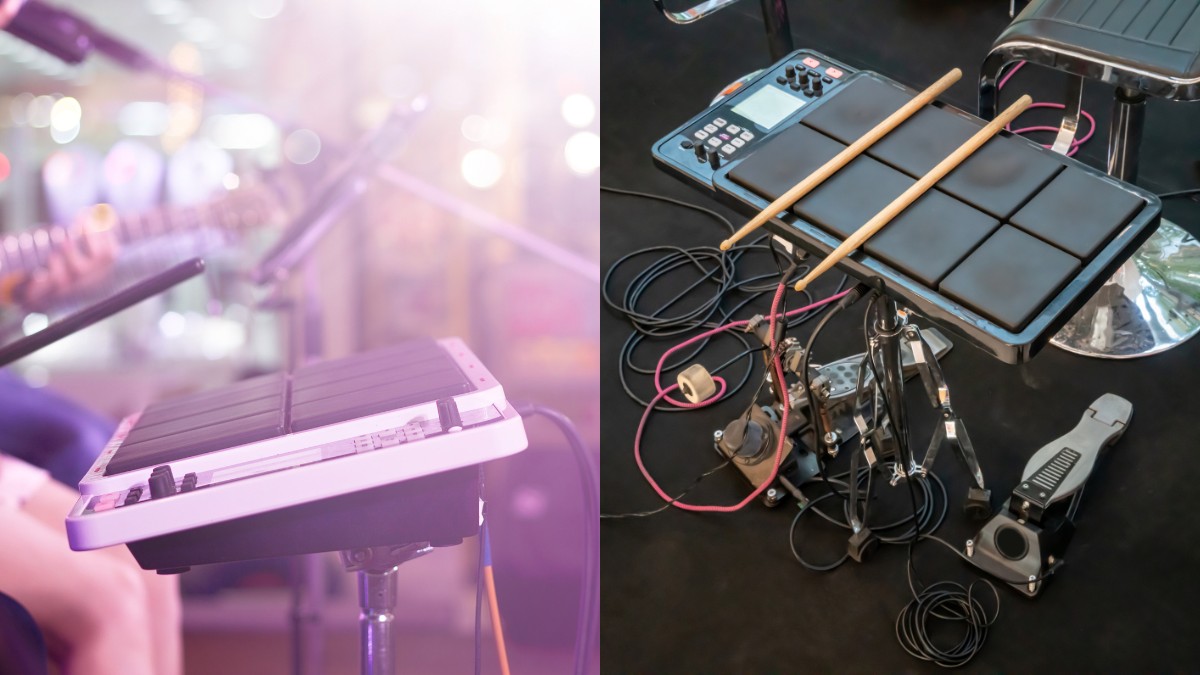
I’ve owned a Roland Octapad for over six years and it has become an essential part of my setup. This article covers my experience of using this instrument in comparison to other drum pads.
My aim in this article is not to regurgitate tech specs. It’s a perspective from someone with a lot of experience using the electronic instrument, and it will help you decide if this is worth the investment or not.
This instrument is an electronic pad built for drummers and percussionists.
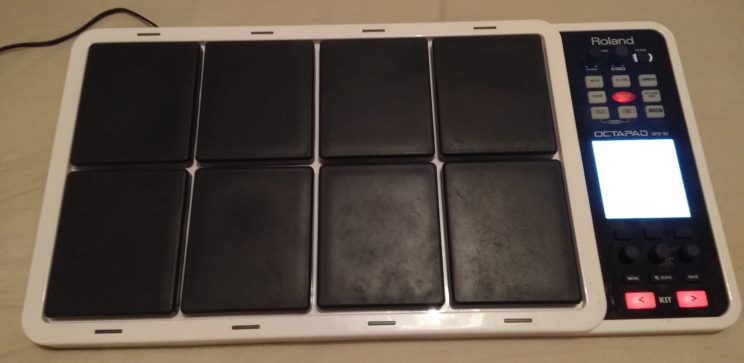
Roland Octapad – Percussion Pad
Roland SPD-SX
Pros
- A fantastic phrase looping feature
- Extensibility (with pedals and pads)
- Very sensitive pads
- Great build quality
- MIDI-over-USB or via MIDI 5-Pin
Cons
- No custom sampling (unfortunately!)
- The display and menu system are now a little dated
- Effects cannot be easily tweaked on-the-fly like on the SPD-SX
Roland refers to the Octapad SPD-30 as a percussion pad rather than a sample pad. It has a large number of built-in sounds, which can also be customized through the device, resulting in an all-in-one portable package with easy operation that differs from Roland’s original Octapad – the original Octapad pad-8.
The build quality of the Roland Octapad SPD-30 is absolutely phenomenal. It’s an extremely solid, reliable piece of kit.
Contents
- Roland Octapad – Percussion Pad
- Roland SPD-SX
- Pros
- Cons
- Alternatives to the Roland Octapad
- Extending the Octapad to a mini electronic drum kit
- Use Octapad to make a hybrid kit
- The Octapad is not a custom sample pad
- Customizing built-in sounds
- How do the pads feel to play?
- How loud is the device?
- Playing it on stage
- Phrase Looping
- Build-quality
- MIDI capability
- What are the drawbacks of the Octapad?
- What hardware should I get?
- Summary – Roland Octapad SPD-30
Roland almost doubled the number of onboard kits in the Version 2 system update. If you own an Octapad SPD-30 with the old software, you can upgrade to the newer version by connecting the instrument to your computer via a USB connectivity (USB MIDI connector, USB memory connector) cable. (Software updates are available on the Roland website).
The onboard sounds range from acoustic-sounding drum kits, electronic hits, world music percussion instruments, and great essential sounds like bass synths. Therefore, this instrument can be used for a wide variety of genres with awesome instrument parameters.
The Octapad also features onboard controls like tuning, muffling, and pitch sweep, as well as multi-effects features like ambience, EQ, overdub feature, and many more. The effects engine is truly a testament to effects technology.
Alternatives to the Roland Octapad
Extending the Octapad to a mini electronic drum kit
This instrument has external trigger input jacks (four dual-trigger inputs), allowing you to extend with additional external pads, kick triggers, and a hi-hat controller. You can use it as a mini kit (mini drum set) thanks to the external trigger inputs and output jacks.
The SPD-30 uses Roland’s V-Drum technology, and that’s noticeable when you’re using elements like the hi-hat controller (hi-hat control pedal). It feels as responsive as a quality electronic drum set which is one of the Octapad SPD-30 benefits.
I used this instrument with the Roland FD-8 hi-hat controller and it worked nicely.

I also switched between a few different kick pads (both Roland and Yamaha brands). They all worked seamlessly.
Use Octapad to make a hybrid kit
I love setting the Octapad up next to my acoustic drum set for live performances.
A great aspect of the extensibility of this electronic instrument is that you can hook up almost any type of drum trigger or pad to it.
For example, you can hook up an acoustic drum trigger to your Octapad. For example, using a kick-drum trigger you can complement your acoustic bass drum sound with an electronic kick.
This is a great option when you want to expand your drum sounds with new percussion sounds, or when the mic setup if your kit is less than ideal.
The Octapad is not a custom sample pad
A very important point to keep in mind is that the Octapad does not allow for custom sampling on-board. Therefore you cannot add your WAV files to this device. Alternatively, you can always use the Octapad as a MIDI controller to a computer and trigger your samples through that.
If onboard custom sampling is a feature you need, you should consider getting the Roland SPD-SX or another alternative electronic drum pad. However, that device does not have as many extensibility options and does not have phrase looping. The SPD-SX serves a different purpose.
Customizing built-in sounds
Although the Octapad does not allow for importing custom files, it does include a lot of customization of the internal sounds.
For example, you can make layers i.e. layer sounds together, change the pitch, and add a bunch of different effects such as reverb.
You can also customize and create your own kits based on the built-in sounds on the Octapad and unleash your creativity with maximum note storage.
How do the pads feel to play?
The pads are very sensitive. They can nicely detect slight changes in your strike.
I think this is one of the biggest advantages that the Octapad has over its cheaper alternatives.
A drummer that is used to playing a high-quality electronic drum set or acoustic kit will be very satisfied with the response of the pads.
How loud is the device?
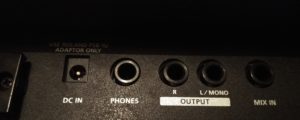
It’s not silent. It’s more like hitting a rubber pad. This should cause no problem when playing with speakers or on stage. However, when playing at home, it’s not as quiet as hitting a mesh pad for example. The actual audio output of the device is great. There are stereo outputs or the option to output in mono.
Playing it on stage
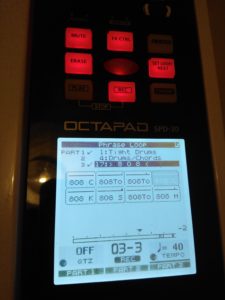
It’s a joy to play on stage. I’ve used this as a primary instrument on stage, as well as a secondary option next to my drum set.
The sensitivity of a pad can feel different when you’re playing live. You can often hit the pads a lot harder when your adrenaline is pumping. Thankfully, this instrument is sensitive enough to still differentiate between big strokes.
I’ve used cheaper options live, and the volume sensitivity for live performance fell greatly on those. Having an instrument like this allows you to explore a much wider range of sounds. It can add a new sonic dimension to your live performances.
Phrase Looping
The Octapad allows you to enter phrase looping mode, which allows you to perform your sequences with up to 3 kits at a time. This is a great recording method if you want to record in real time and overdub sequences. I found the menu system very useful for this, as it’s easily possible to mute and delete pads on the fly.
You can also hook up an external footswitch (pedal switch) via foot sw jack and customize what action it will perform. For example, you can set the footswitch to automatically start the phrase looping mode.
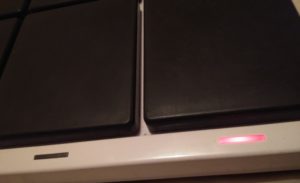
The lights next to each pad are extremely useful, especially in low-light conditions. The pad status illumination (pad indicator) shows you which pads are currently active on the onboard phrase loop function. Hitting a pad initially will add a note to the loop and will turn on the light. The lights also flash depending on the muting of pads during the phrase loop.
Build-quality
The quality of the Octapad is superb. My one has been through a lot and it’s still almost like new. It’s been dropped and even rained on a few times.
The pads have no cross-talk issues between them. If you clearly hit one pad, it’s never going to accidentally trigger another one as it’s an accurate pad.
MIDI capability
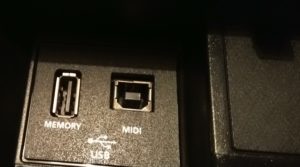
The Octapad can be used as a MIDI controller to a digital audio workstation (DAW) via MIDI connectors.
As expected, you can also chain it up to other devices and sync the metronome. This is very useful if you’re using the phrase loop functionality while playing music from other electronic instruments and save on the phrase data.
What are the drawbacks of the Octapad?

The Octapad instrument is quite expensive, there’s no getting away from that. In fact, all Roland pads are expensive.
However, they’re top quality. Roland are generally the brand of choice for professional musicians when it comes to percussion pads. Once you get used to playing the Octapad, you’ll never want to play on a cheaper pad again.
For this price range, I personally found the lack of custom sampling unfortunate on this device. Though for my own use, I could live without it.
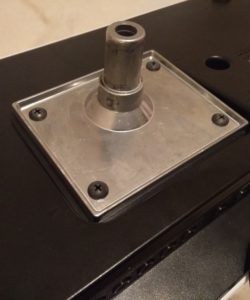
What hardware should I get?
I use the Roland PDS-10 stand. It’s very sturdy and built for Roland pads.
However, you’re certainly not constrained by that option. You will need a module mount if you wish to mount the Octapad to a piece of hardware, such as a drum rack or stand. There is also the option for a pad stand.
I personally mounted my Octapad directly to my Roland V-drum rack, as the module mount fitted directly into the pad holders.
Summary – Roland Octapad SPD-30
I’m a big fan of the Octapad. It’s by the best percussion pad I’ve tried to date. The Octapad is great for demanding performers who want an immersive experience, with the latest triggering technology, accessories, and landscape of electronic percussion sounds, you can embark on an exciting new chapter.
It’s not completely perfect; its lack of custom sampling is a drawback in this price range. However, it’s not built for this purpose. Also, there are other series and v-drums you can try like the KD series, FD series, PDX series, PD series, CY series, and Roland’s RT series.
If you have the budget then I’d highly recommend you consider this. It majorly beats cheaper models in almost every point of comparison. It can withstand constant touring. It’s a very good investment in quality.
If you want to check out other models, be sure to check out our popular article on the best electronic drum pads.
Write a comment below if you would like any more information. I would be very happy to answer any questions you have on the Roland Octapad.


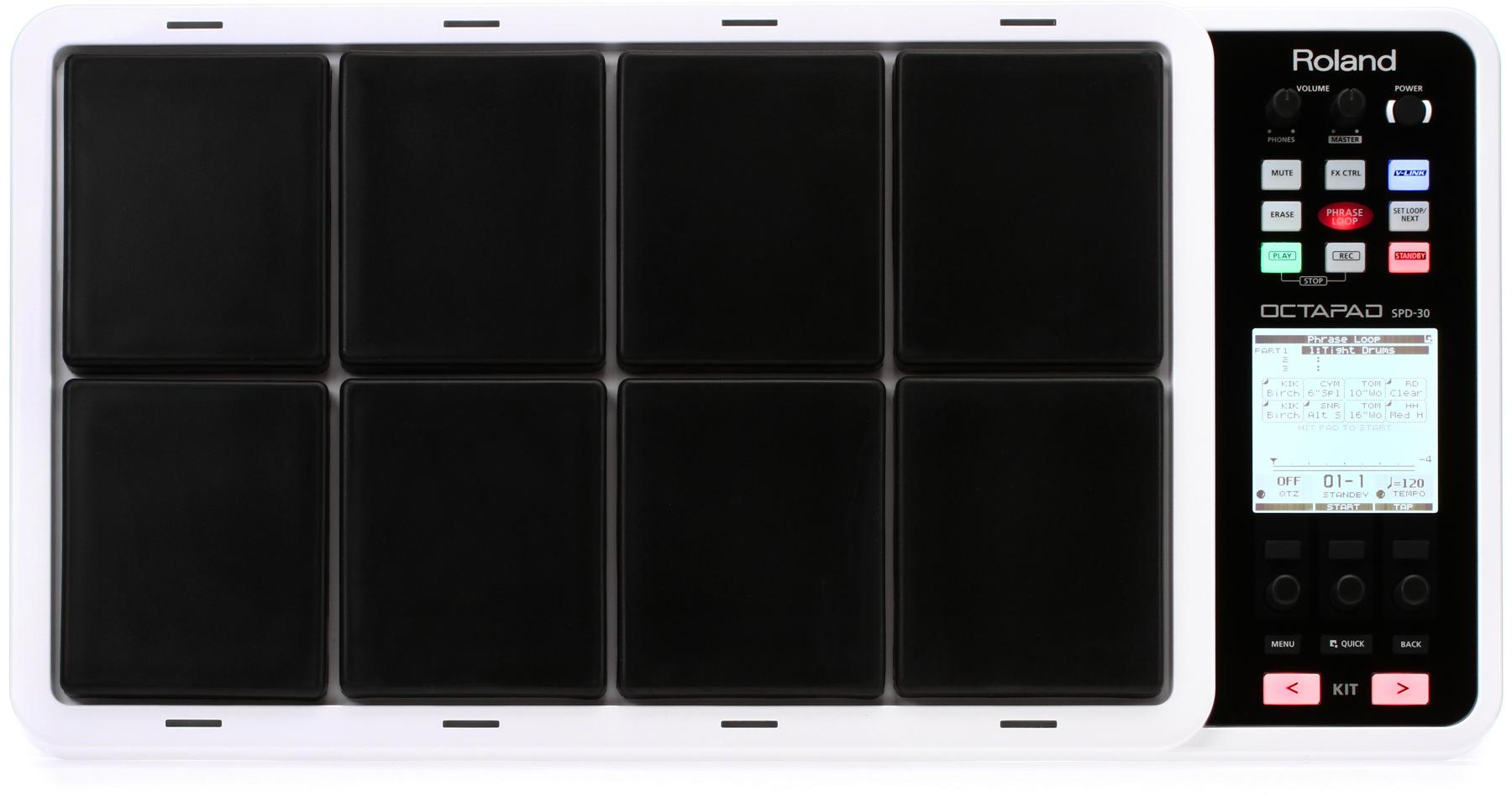
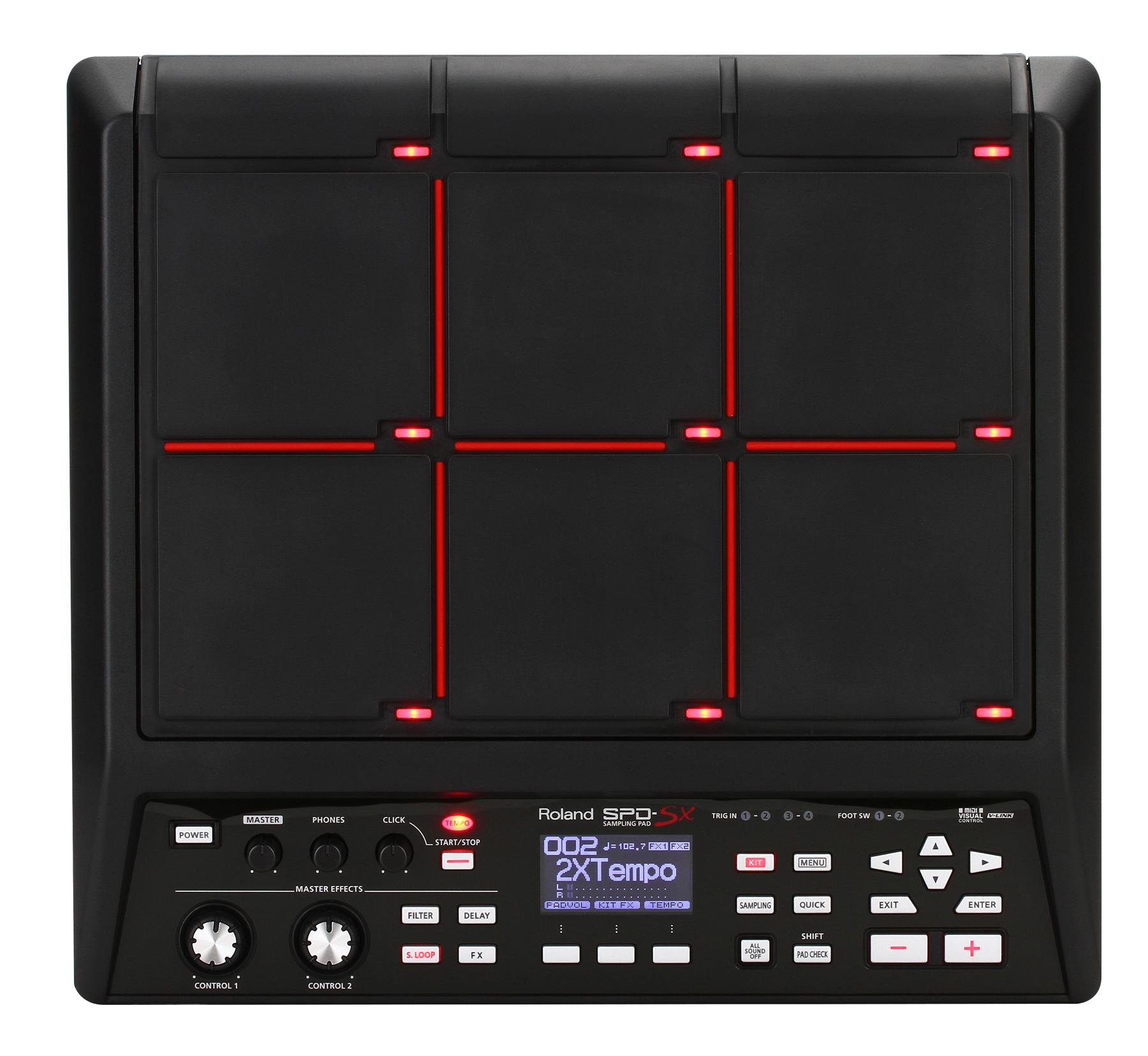
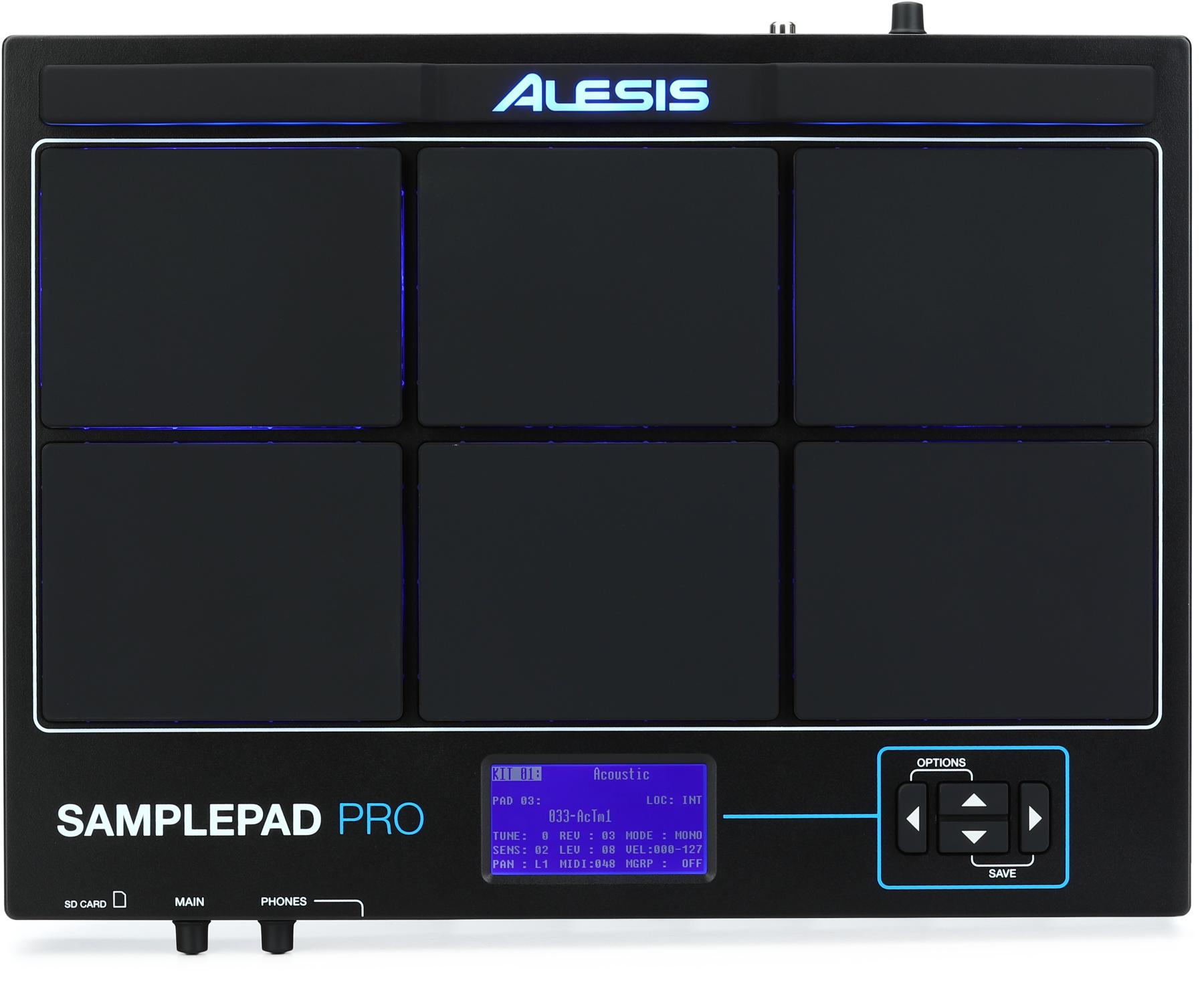
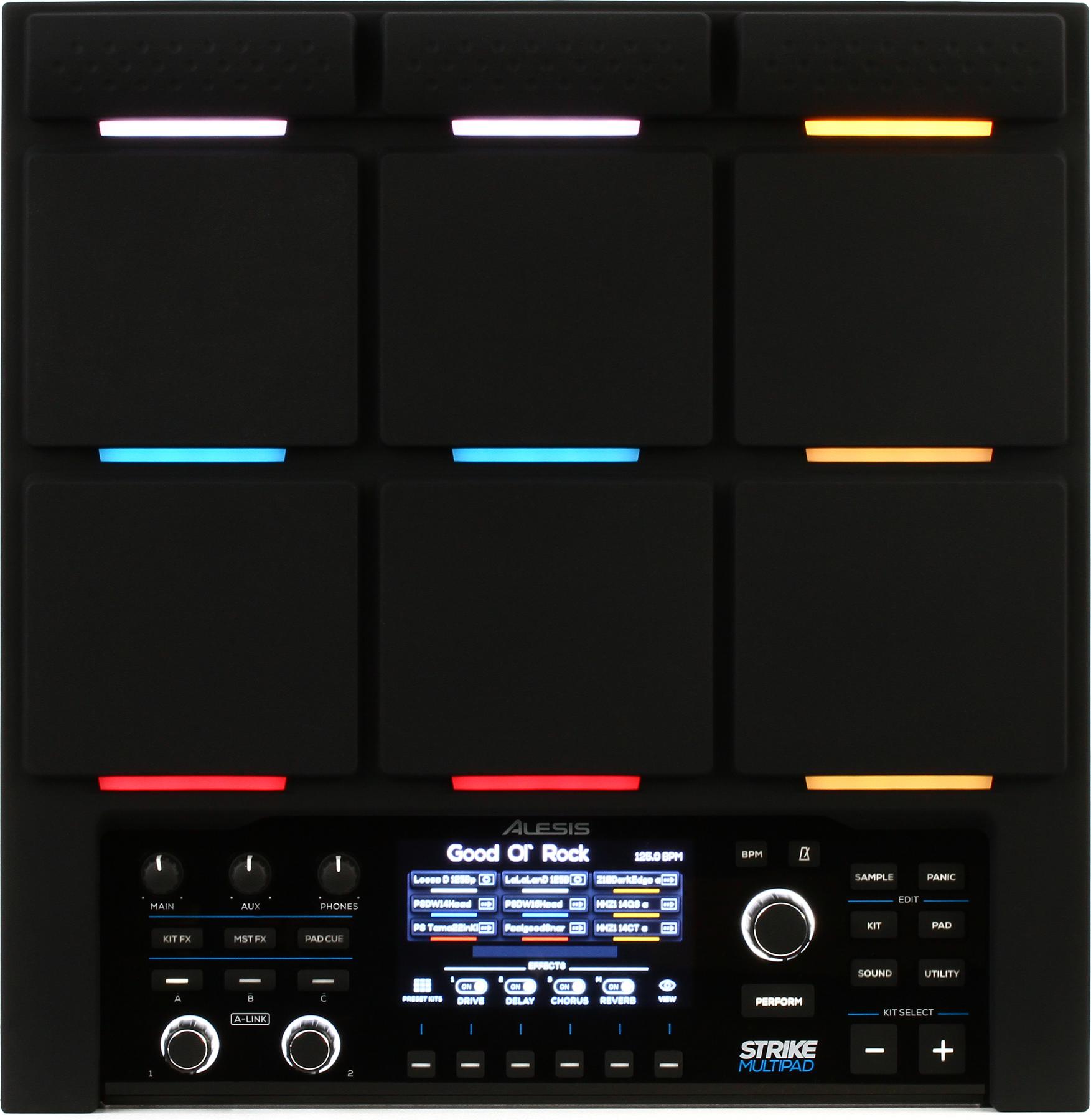

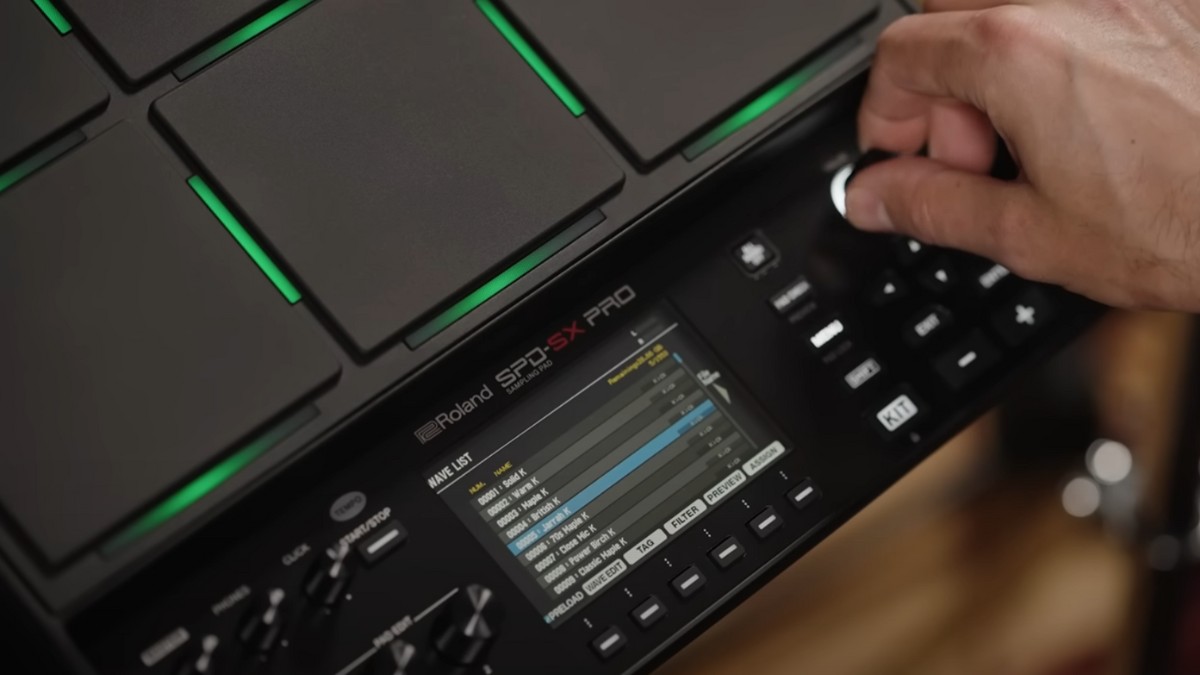
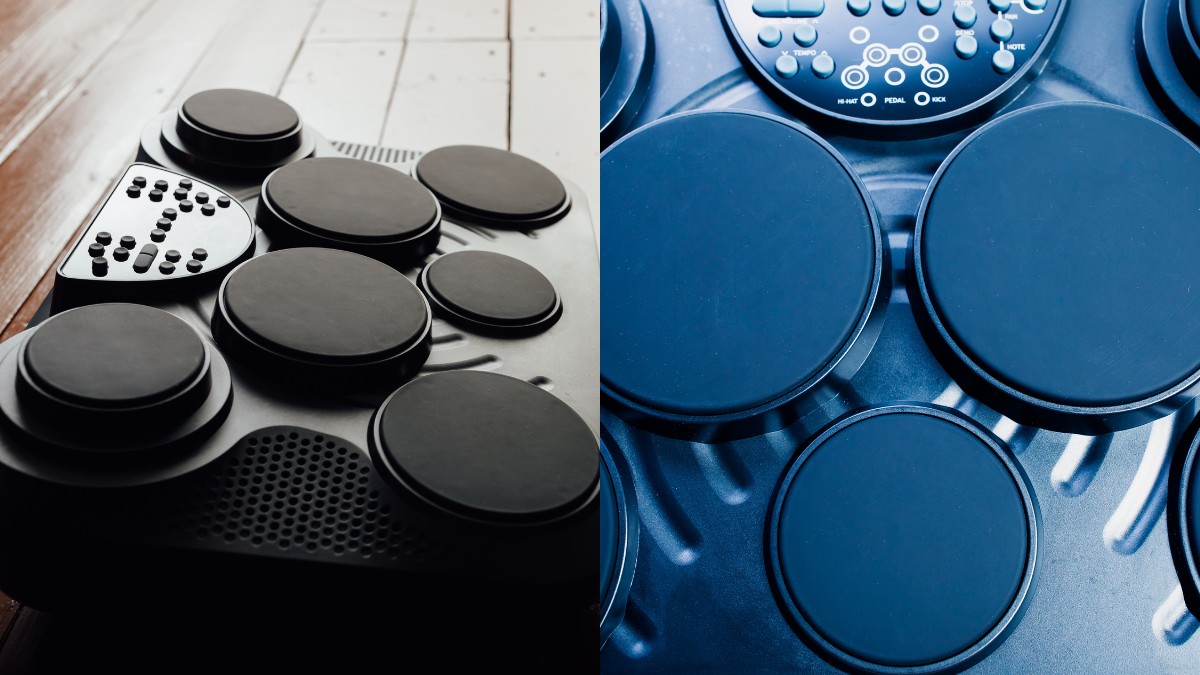
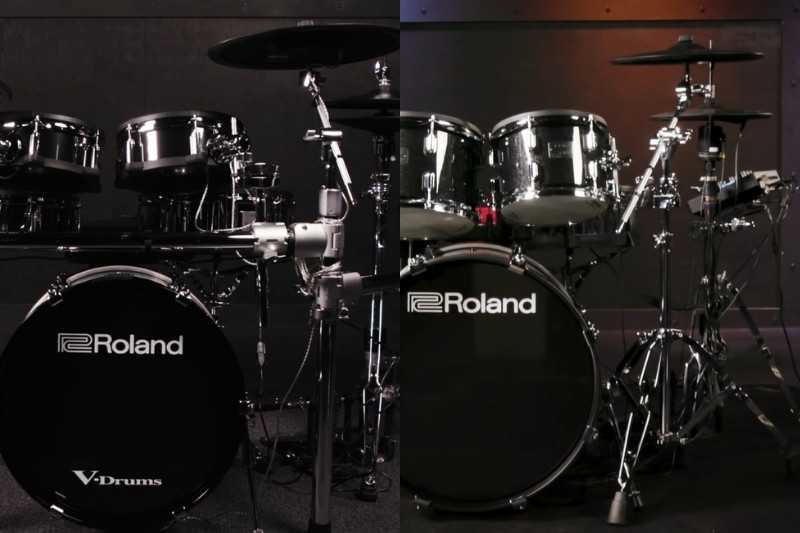
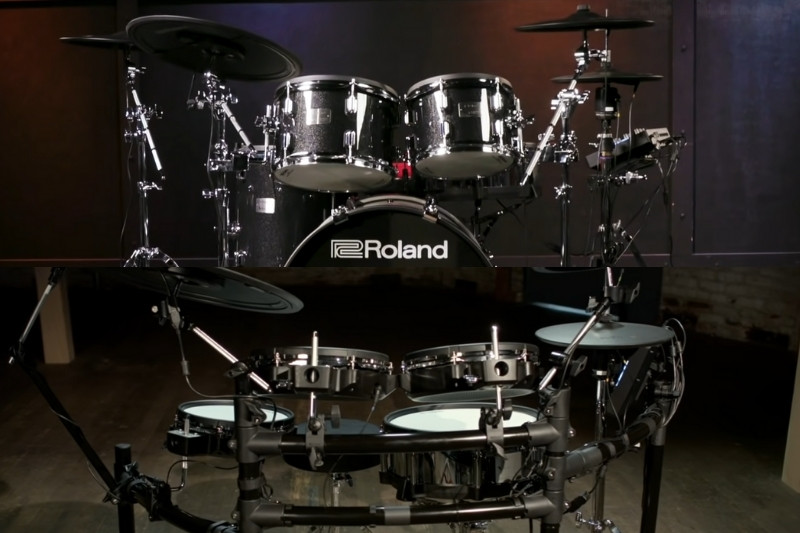



Thanks for the great article!
My only question is how good are the
samples for the acoustic kits? I’ve been
wracking my brain on what to get to
use for my home studio and the fact
that you can’t import samples really
has me wondering if there is a better
option. I haven’t seen any yet.
Hi Daniel, the samples are quite good (e.g. the ‘tight drum kit’ preset sounds good) but if you’re picky about what samples to use for recording then it’s probably better to go for a pad that allows for custom sampling.
Also, if you want to get really realistic acoustic drum sounds or if you want to go for a large variety of acoustic kit sounds out-of-the-box then the Octapad also probably won’t be for you. Good alternatives would be the Roland SPD-SX, Yamaha DTX Multipad, or the Alesis Strike Multipad (check out this page: electronic drum pads.
On the other hand, if you’re using it as part of a home studio, then the Octapad is great MIDI controller for DAWs (e.g. drum racks in Ableton Live) or for use with music plugins such as Addictive Drummer 2. MIDI recording might be the better option to go for anyway!
Hi,
Hope you can answer a few questions.. I’ve been trying to use the loop phrase on the spd-30 in a live setting for a while.
What I’ve found so far is when using the foot switch’s I have to set them up every time I use them. Is this the case? Whenever the spd-30 is turned off the foot switch configuration goes back to factory settings?
The other issue is, while trying to use the tap tempo function with a loop phrase. I will tap the pad to establish the tempo then hit the pad assigned to start the loop but it doesn’t start on the down beat. It appears that it is slave to the tempo indicator light. So for instance the tempo blinking might be 130 bpm. I tap a tempo 4 times in the 110 range. When I hit the loop to start on the 5th hit my “1” or down beat is off by a 16th or more to where the loop starts.
Are these typical issues with the spd-30?
Any help you could give would be appreciated
I’ve been thinking about buying an Octapad for a long time.
My main concern is whether or not the acoustic sounds are
good enough for recording rock music. I listen mostly to 80’s
hard rock and metal and some newer stuff. I remember that
Tom Scholz used drum triggered sounds for Boston’s Walk On
album (Not cymbals and Hi-hat) and I really liked the sound
he was able get on that album.
Hi Daniel, it depends on your preferences really, they’re pretty good, but even the acoustic-sounding kits on the Octapad don’t come anywhere close to as good as Addictive Drums 2, superior drummer, etc. For proper recordings, I much prefer using a MIDI connection and triggering an external drum library as it gives a lot more control of the sounds and how you process them. It’s pretty straightforward to use the Octapad with a DAW on your computer (you can use USB over MIDI, or standard MIDI 5-pins).
I just realized I had left a comment on here before and completely forgot about it. I see what you said about the SPD-SX. I had decided against it but I can’t remember why now. I kind of like the idea of using the Octapad to control something like BFD3 although I am wondering how much work that would involve.
Thanks….always good to get an equipment review from someone who has used the equipment extensively in a variety of settings. There are few who fit that profile for this product. Most folks are into that phased looping…I finally pulled the trigger and purchased one as a “one the go” mini drum kit that can be set up quickly. I had considered many of the mini-acoustic kits but all the youtube videos of any of them (produced under the best of circumstances) could not match tonal quality of an acoustic kit….toms and bass always sounded thin…it has to….the shells are thin and some of the drums lack resonant heads for packings sake…so, I bought the Octapad with hihat/bass pedals and added a cymbal stand, CY8 cymbal, PDX8 as a floor tom and a PDX12 as snare (all pulled from another set) I find that I really only use the kit I created (none of the 99 as provided) mostly to sound like my other drum kit and to reproduce as best possible the sound of an acoustic kit setup. Have only used it a couple times so far. Drawback is that it is hard to get used to smaller targets (pads) and spatial differences between pads acoustic drums but it sets up and knocks down and packs in minutes…which for an old man means a lot. Thanks again